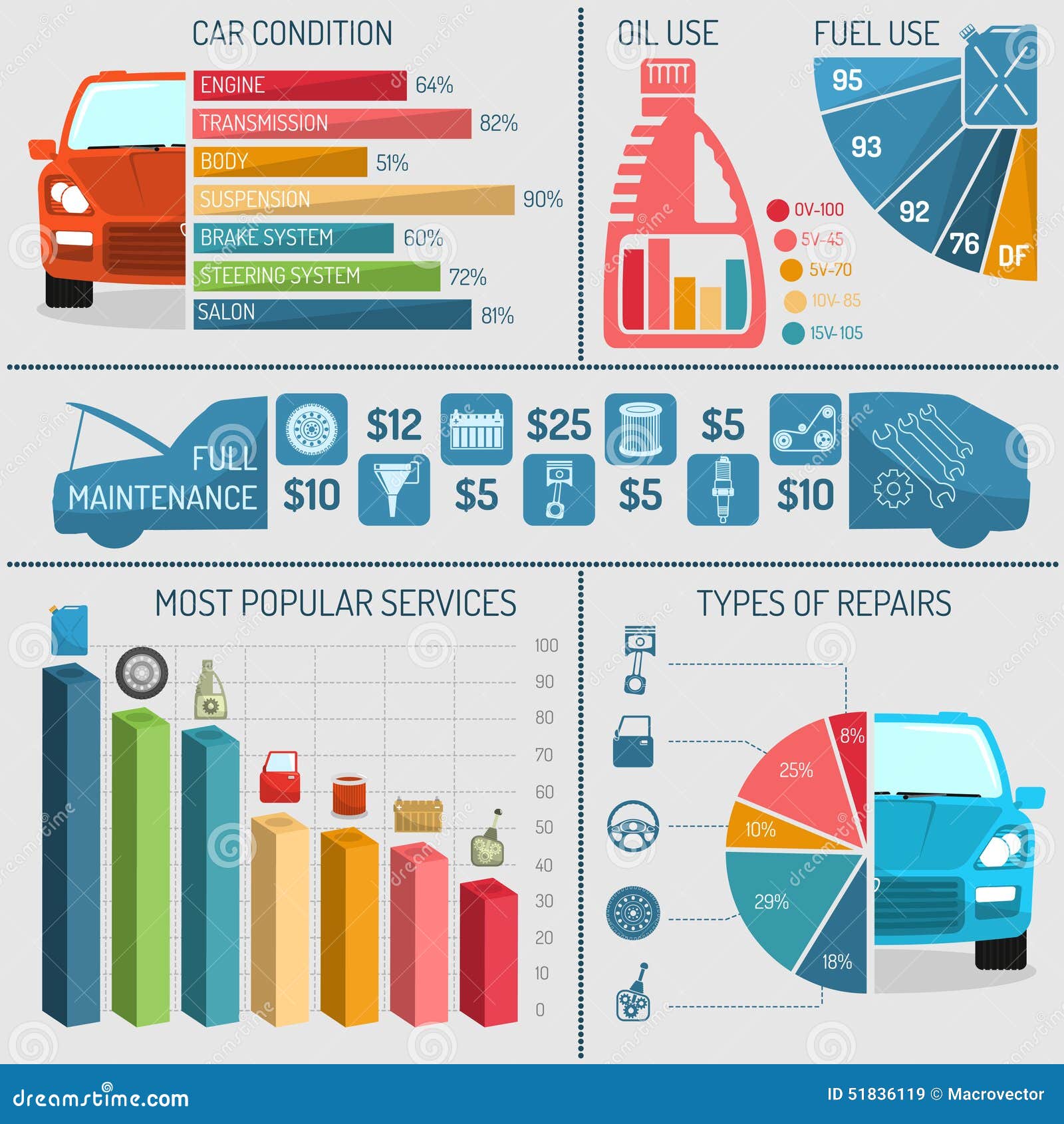Decoding One Of The Most Common Caution Lights On Your Dashboard And Their Analyses
Decoding One Of The Most Common Caution Lights On Your Dashboard And Their Analyses
Blog Article
Web Content By-Wilkerson MacMillan
When you're behind the wheel, those dashboard caution lights can be a real secret. But did you know that decoding them can save you from possible automobile problems later on? From the threatening check engine light to the subtle oil pressure warning and the ever-important battery light, every one serves as a crucial signal from your vehicle. It's time to shed light on these common dashboard warnings and outfit on your own with the understanding to browse the road in advance.
Understanding the Examine Engine Light
When your control panel lights up with the check engine light, it is necessary not to panic however to take instant action. The check engine light serves as a caution that your lorry's onboard analysis system has found a possible concern with the engine, discharges, or other essential parts. Ignoring this light can cause extra severe problems in the future, so it's necessary to resolve it promptly.
To recognize the source of the concern activating the check engine light, you can use an OBD-II scanner to retrieve the particular problem codes stored in your lorry's computer system. Highly recommended Resource site provide useful details that can help identify the underlying problem.
While some concerns causing the check engine light might be small, such as a loosened gas cap, others might suggest more substantial concerns that need professional attention.
Decoding the Oil Stress Caution
Upon observing the oil stress warning light on your dashboard, immediate attention is crucial. This warning shows that the oil pressure in your engine might be also reduced, which can result in significant engine damage if not dealt with immediately. Reduced oil stress can be triggered by a variety of problems such as a leakage, a damaged oil pump, or reduced oil degrees. Ignoring this alerting light can lead to costly repair services or perhaps engine failure.
If you see the oil pressure cautioning light begun, the first step is to securely pull over sideways of the road and switch off your engine. Check https://www.fox5atlanta.com/news/man-shot-at-clayton-county-auto-parts-store-dies-police-charge-suspect-with-murder utilizing the dipstick and guarantee it's at the recommended degree.
If the oil level is low, top it up with the proper oil for your lorry. If the oil degree is sufficient, don't proceed driving and look for support from an auto mechanic to identify and repair the problem promptly. Bear in mind, preserving proper oil stress is necessary for the health and durability of your engine.
Interpreting the Battery Light
To decode the significance of the battery light on your control panel, you need to comprehend its crucial duty in your vehicle's electric system. When the battery light illuminates while you're driving, it shows that the electrical system isn't obtaining sufficient power from the battery.
This could be as a result of a falling short battery, a damaged generator, or issues with the charging system. Disregarding this cautioning light can cause your vehicle delaying or being unable to start.
If the battery light begins, it's advised to securely pull over and have your vehicle inspected by a mechanic immediately. They can execute diagnostics to identify the underlying problem and protect against a possible failure.
Verdict
Now that you recognize exactly how to identify one of the most common caution lights on your dashboard and what they suggest, you can attend to any type of potential problems without delay. Remember, the check engine light, oil stress caution, and battery light are all important signs of your vehicle's health. Keep educated, stay safe, and keep your vehicle running smoothly by paying attention to these indication.
